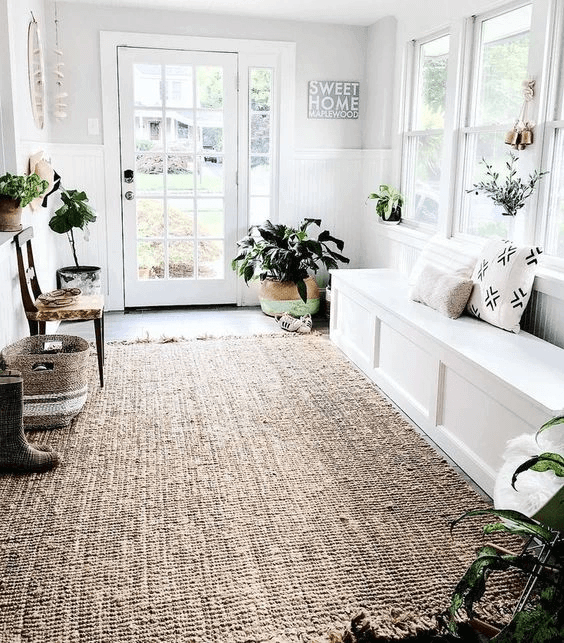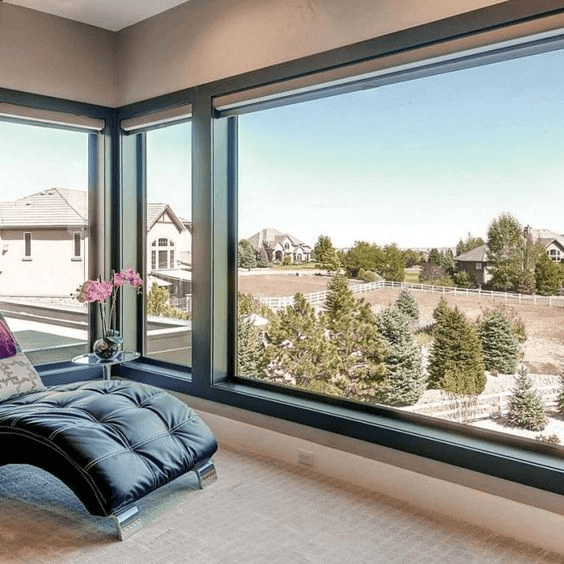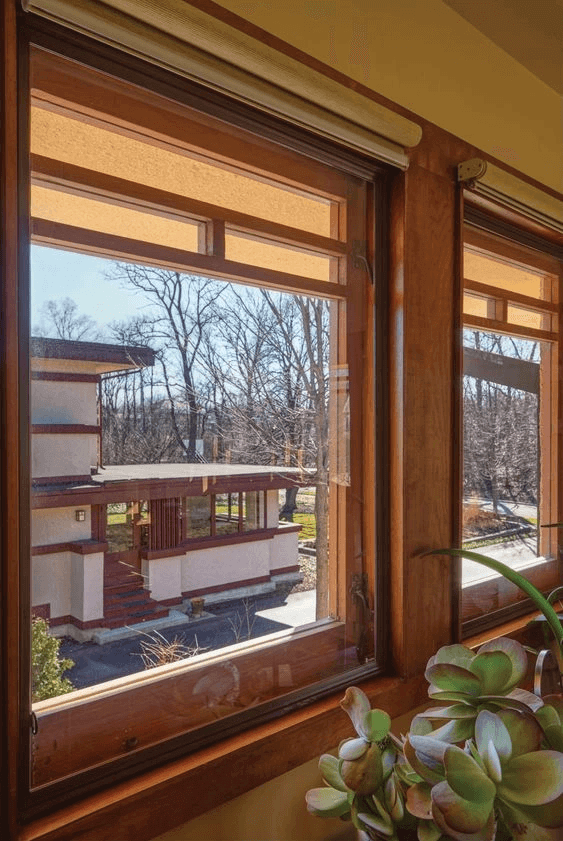How To Reduce Noise In Your Living Space
Many factors act together to reduce the level of sound within a home. If you were to combine all methods below, in aggregate they would significantly help you have a quieter home. Even employing a couple of these methods will help.
Replace Flooring and Add Flooring Underlayment
Underlayment below hard flooring will help with sound. Wall to wall carpet is always the best flooring option for creating quiet. But if you love hard floorings such as engineered wood or laminate, your next best option is to add sound reduction underlayment.
Inexpensive foam underlayment does little to absorb sound under laminate flooring. But thick, dense recycled felt underlayment–over four times heavier than foam–provides the best sound absorption of all types of underlayment.
Move Furniture Away from Walls
Break the line of contact between furniture and walls for a quieter room. Sound quality experts often stress that the entire room transmits sounds. Everything from the studs to the drywall to the windows to the floor to ceiling acts as a giant sounding board that picks up and transmits sounds.
One simple fix is to make sure that your headboard is not resting against the wall. Breaking the connection between the wall and headboard will go a long way towards quieting down your bedroom.
Add Soft Materials: Area Rugs, Drapes
The more soft, cloth-like materials you add, the quieter the room. Does your bedroom have proper sound dampening qualities? Carpeting, thick draperies (as opposed to mini-blinds), a sufficient amount of furniture, padding under the carpet, and so on capture sounds and kill them.

Eliminate Hollow Core Doors
Install solid doors and trash your sound-permeable hollow core doors. Hollow core interior doors are standard on most houses today. Unfortunately, sound easily penetrates through them. Trash or donate your hollow core doors to your nearest architectural salvage yard. Then replace it with solid doors.

Paint With Sound-Reducing Paint
Sound-reducing paint may help, though its benefits will be minimal. Sound absorbing paint such as Acousti-Coat Sound Reduction Paint claims to have certain sound-absorbing fillers and resins that will help quiet down the sound in your room.
Be careful, though: Acousti-Coat is about three times more expensive than regular interior latex paint.
Add Texture to the Ceiling
Spray-texture on the ceiling reduces in-room sounds. Whether you like it or not, the classic cottage cheese or popcorn style ceiling is effective at reducing sound bounce from within the room.
Replace Your Windows With Better Windows
Newer, better windows are nearly always better at slowing transmission of exterior sound. Many homeowners install triple-pane windows as much for their sound-deflecting qualities as for potential energy savings.
If you have older style aluminum-framed windows, you are better off with vinyl, fiberglass, or wood-framed windows. These older windows do not have a thermal break between outside and inside, making the inside colder.

Add Storm Windows
Storm windows add yet another layer of glass and can be self-installed, saving money. While their sound reduction qualities are only minimal, storm windows are easy to put on, easy to take off, very cheap, and not visible.

Call us 1300 498 268
Email us – enquires@acousticaprojects.com.au
Source: thespruce

